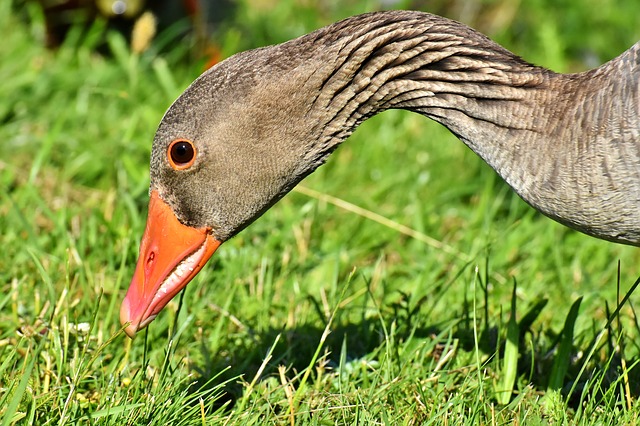By NewsDesk @bactiman63
Bird flu has been detected in a goose found in Rogaland. The Veterinary Institute has analyzed samples from the bird, which show highly pathogenic bird flu A (H5N8).

This virus has caused outbreaks among birds in several European countries this autumn. The virus can cause serious illness in birds, but has not been detected in humans. The Norwegian Food Safety Authority is following up the incident.
During this autumn, several outbreaks of highly pathogenic avian influenza A (H5N8) have been seen in wild birds and poultry in Europe. The infection has also been detected in wild birds and poultry in Denmark and on a turkey farm in Scania in Sweden earlier in November. On 27 November, the Veterinary Institute announced the discovery of the virus in a dead wild goose found in Rogaland. This is the first time that highly pathogenic bird flu has been detected in Norway.
Avian influenza A (H5N8) is highly pathogenic (highly pathogenic) to birds, but is not associated with human disease. The consequences of any infection from wild birds to poultry can be serious for the poultry industry.
A similar virus has caused major outbreaks in birds in Europe also in previous years, without cases of infection from birds to humans being detected, says doctor Trine Hessevik Paulsen. The Norwegian Institute of Public Health considers the risk of infection to humans to be very low.
The veterinary authorities are responsible for following up and handling the incident.
We closely monitor the situation and cooperate with the Norwegian Food Safety Authority and the Veterinary Institute. The National Institute of Public Health assists, among other things, with advice on infection control for humans, says Paulsen.
The Norwegian Food Safety Authority has today issued information on how to prevent infection from wild birds to domestic birds. In addition, the veterinary authorities encourage the public to notify the Norwegian Food Safety Authority of the discovery of weakened and dead birds.
For general infection control reasons, one should always avoid touching sick and dead birds, says Paulsen.
- Switzerland: New HIV diagnoses down in 2019
- Kyrgyzstan reports 28 botulism cases in first 10 months of 2020
- Measles in South Sudan: Nearly 700K vaccinated in recent campaign
- College student alcohol use up during COVID-19 pandemic
- Health Security: What is it?, Who are the major players? and Lessons learned from COVID-19 pandemic
- COVID-19 vaccine: University of Oxford announces positive high-level results in clinical trials
- Combination Covid-19 + Universal Influenza Vaccine: Vivaldi Biosciences Files Patent Application
- Influenza drug, Xofluza, receives expanded approval

